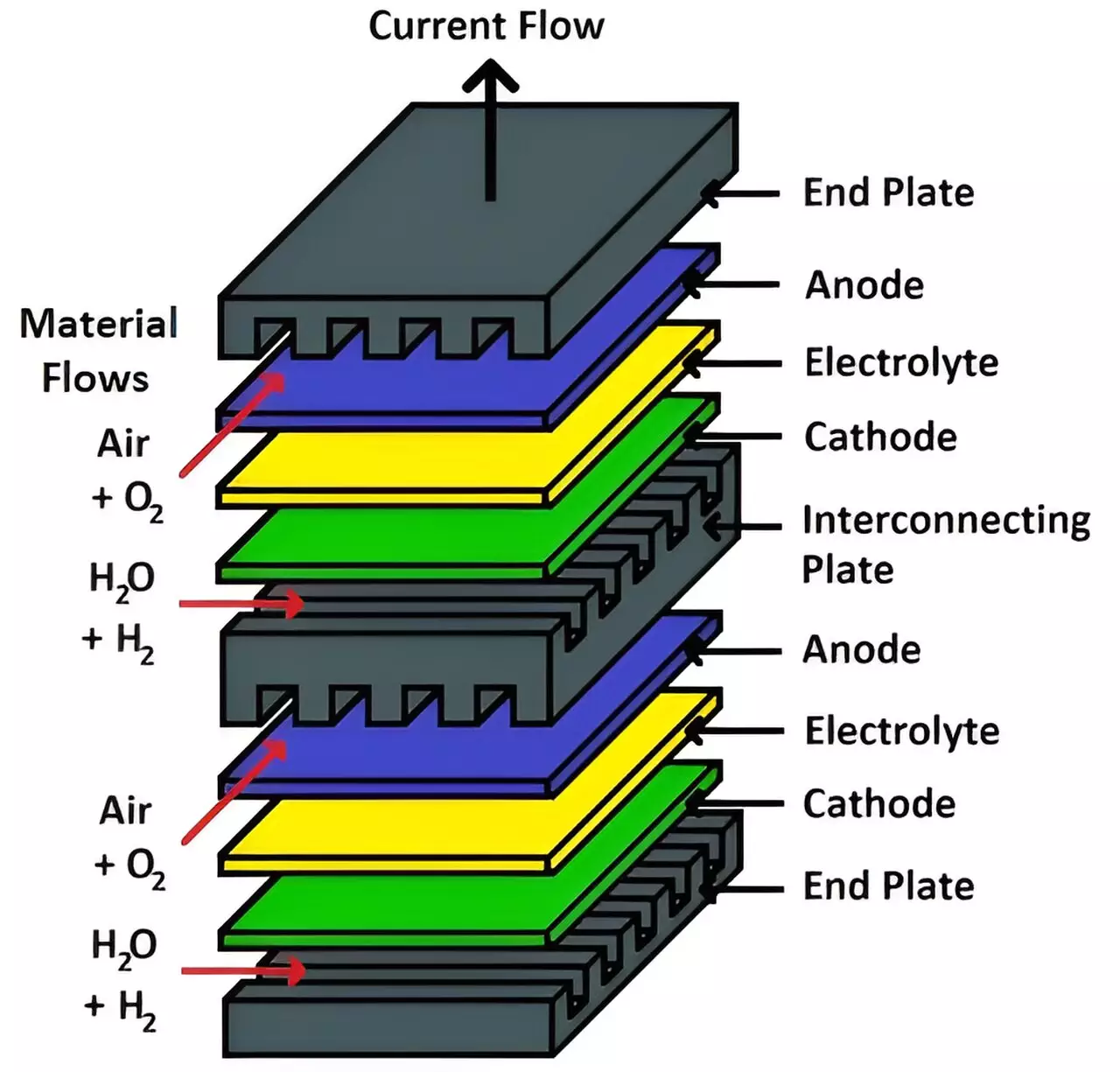The global call for sustainable energy solutions has never been more urgent, with countries racing to achieve net-zero emissions. Among the various avenues explored, hydrogen has emerged as a crucial player in the transition to cleaner energy. Recent research conducted by experts from the National Nuclear Laboratory (NNL) indicates that using nuclear energy to power hydrogen production could yield not only substantial environmental benefits but also economic viability. This innovative approach may reshape the landscape of energy infrastructure in the coming decades.
At the heart of this research is the understanding that hydrogen and hydrogen-derived fuels can significantly contribute to the UK’s goal of net-zero emissions by 2050. As Mark Bankhead from NNL highlights, nuclear energy can be effectively integrated with various hydrogen-producing technologies to enhance efficiency and lower costs. The groundwork for this initiative is laid out in a mathematical model that allows a comparative analysis of different hydrogen production methods when powered by nuclear energy.
This sophisticated model serves two pivotal functions: it simulates the physical and chemical processes of hydrogen production and then assesses these processes’ economic implications. Redefining how we view hydrogen production through this dual-pronged modeling approach fosters a more holistic understanding of its techno-economic landscape.
A major breakthrough from this research is the establishment of a method to quantify the efficiency of various industrial processes. By providing a clear relationship between energy consumed and hydrogen produced, the model establishes a robust framework to evaluate competing technologies. For example, through high-temperature steam electrolysis and thermochemical cycles, the research predicts the production costs of hydrogen when linked to a high-temperature gas-cooled reactor (HTGR).
Prices fluctuate between £1.24 to £2.14 per kilogram for steam electrolysis and £0.89 to £2.88 per kilogram for thermochemical cycles. The former technology is currently more refined, allowing broader deployment in the near term, whereas the latter holds promise for long-term optimization. This analysis not only underscores hydrogen’s potential cost-effectiveness but also positions nuclear energy as a competitive player within the low-carbon technology sphere.
The meticulously constructed model stands out for its innovative approach to portraying hydrogen production processes. Christopher Connolly, a leading researcher on the project, emphasizes that a thorough understanding of molecular behavior is essential for accurate predictions regarding efficiency. The evolving nature of material science contributes to the complexity of these calculations, as cutting-edge technologies may still be in their infancy.
For instance, advancements in the solid oxide membranes used in electrolysis cells directly affect efficiency outcomes. As researchers continue to refine their methodologies and gather more reliable data, the model’s predictive capabilities will improve, allowing for continually updated benchmarks for hydrogen production.
While the cost-effective production of hydrogen is a central focus, the benefits of linking nuclear power to hydrogen production extend beyond economic metrics. Nuclear energy offers a stable and non-intermittent power source, significantly reducing the risks tied to hydrogen storage. This flexibility allows nuclear plants to be situated closer to users, enhancing the supply chain and access to green hydrogen.
Furthermore, ongoing development in high-temperature gas reactors indicates a promising future for this technology. Although a demonstrator is set for introduction in the UK by the 2030s, alternative nuclear technologies can be integrated into existing hydrogen production plants in the interim, propelling progress toward net-zero targets.
The implications of incorporating nuclear energy into hydrogen production are profound. What emerges is a transformative vision of the future energy landscape, where hydrogen, a versatile energy mediator, can be produced efficiently and sustainably through advanced nuclear technologies. As nations aim for ambitious climate targets, the collaboration between nuclear power and hydrogen production could provide a cornerstone for a resilient and responsible energy grid.
The integration of nuclear technologies in hydrogen production not only furthers economic objectives but also addresses the pressing environmental goals that lie ahead. The ongoing research and development efforts in this field signal a pivotal shift in how energy systems may be structured, driven by innovation, efficiency, and sustainability in the fight against climate change. As these technologies mature, they will undoubtedly play a vital role in shaping a low-carbon future.


Leave a Reply